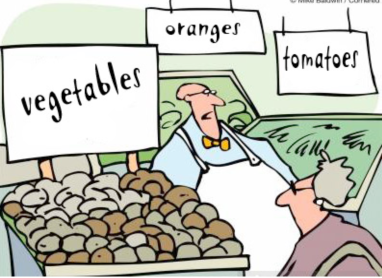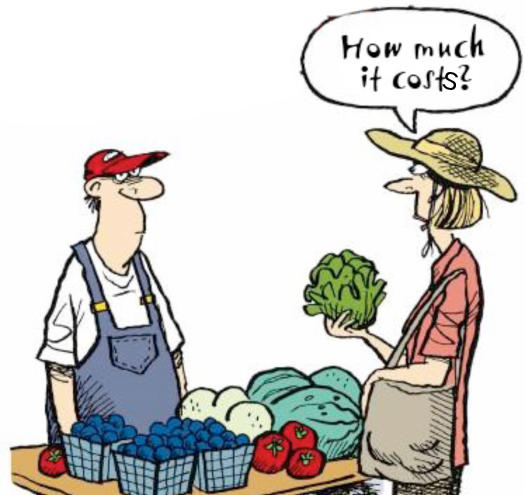Title: From the Farm and the market to our homes
2nd Grade Mathematics
Chapter 6 subchapter 37
Solve complicate problems (everyday counting) (Greek educational system)
|
|
Materials for the lessonA4 papers
|
|
|
Layout of the classroomThe desks on the four corners of the classroom to form spaces that will be : The Farm, The Market and the two homes.
|
 |
Phase 1
|

|
Phase 2
|

|
Phase 3
|

|
Phase 4
|


 SmartOWL
SmartOWL